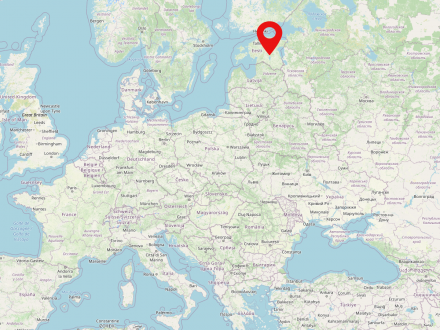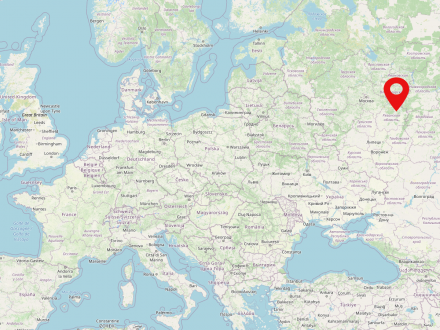Estonia is a country in north-eastern Europe and geographically it belongs to the Baltic States. The country is inhabited by about 1.3 million people and borders Latvia, Russia and the Baltic Sea. The most populated city and capital at the same time is Tallinn. Estonia has been independent since 1991 and is a member of the European Union.
The Soviet Union (SU or USSR, Russian: Союз Советских Социалистических Республик, СССР) was a state in Eastern Europe, Central and Northern Asia existing from 1922 to 1991. The USSR was inhabited by about 290 million people and formed the largest territorial state in the world, with about 22.5 million square km. The Soviet Union was a socialist soviet republic with a one-party system.








